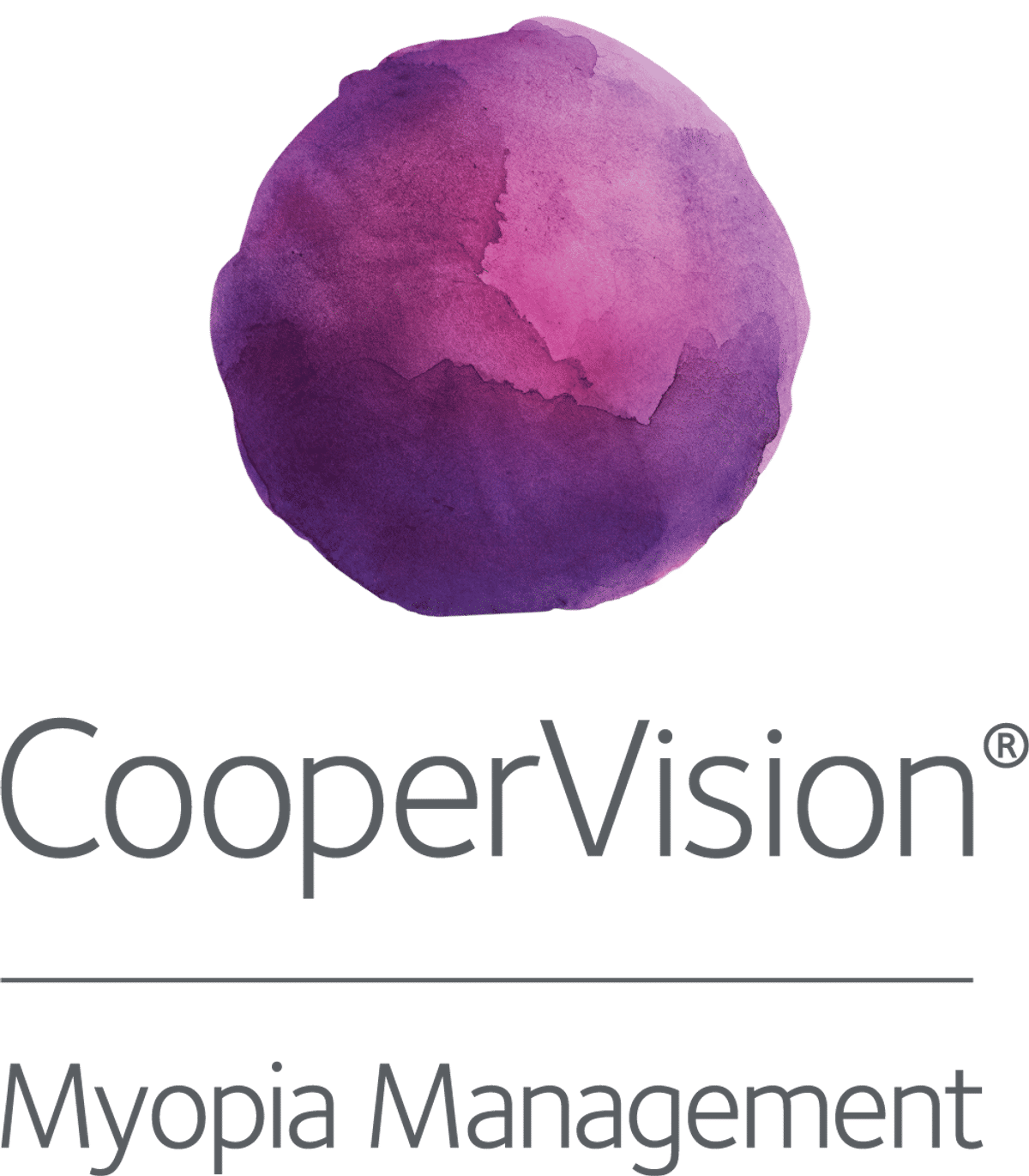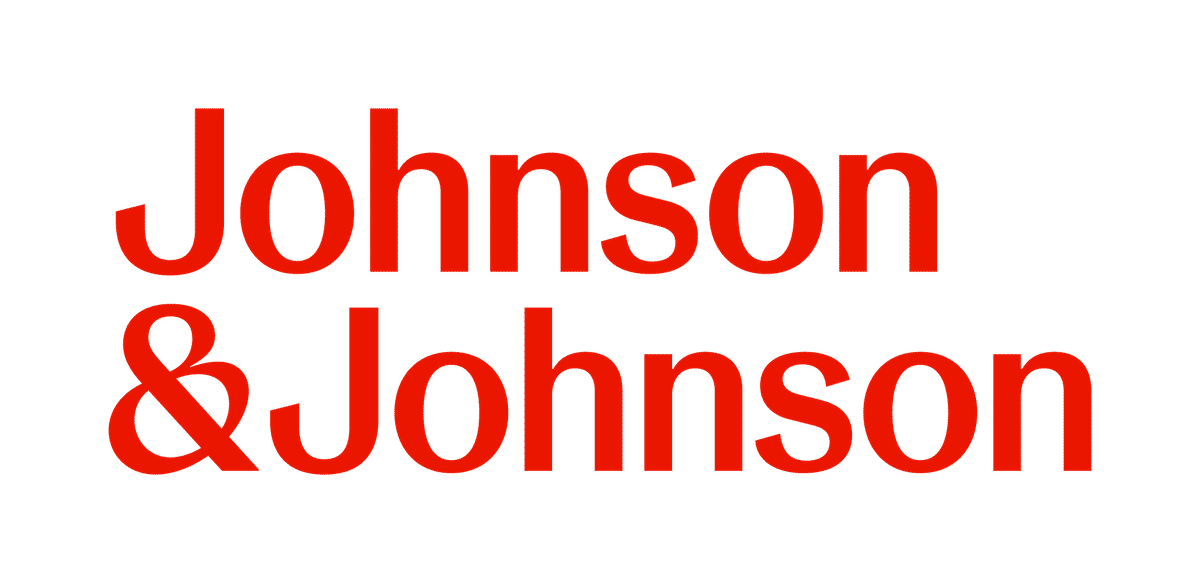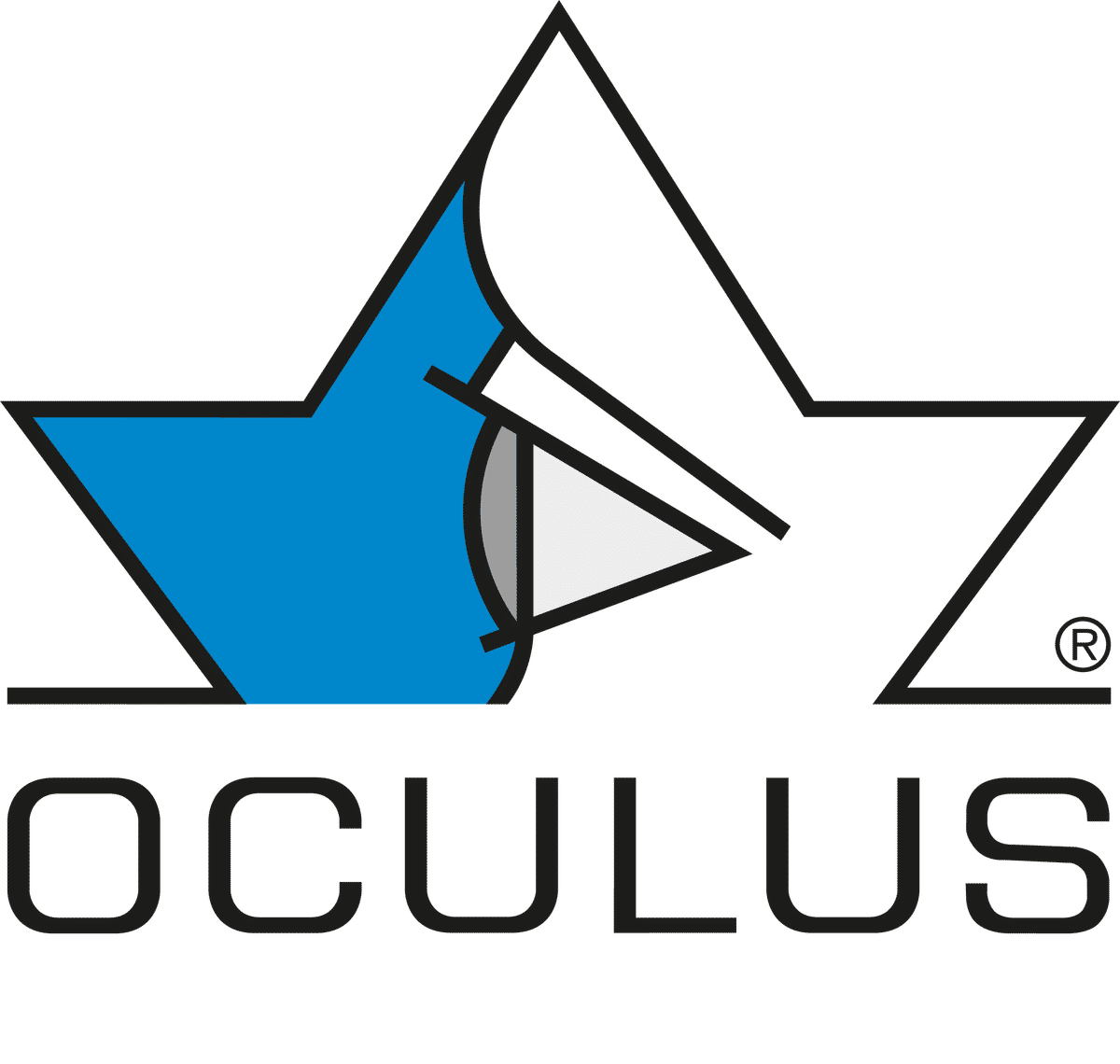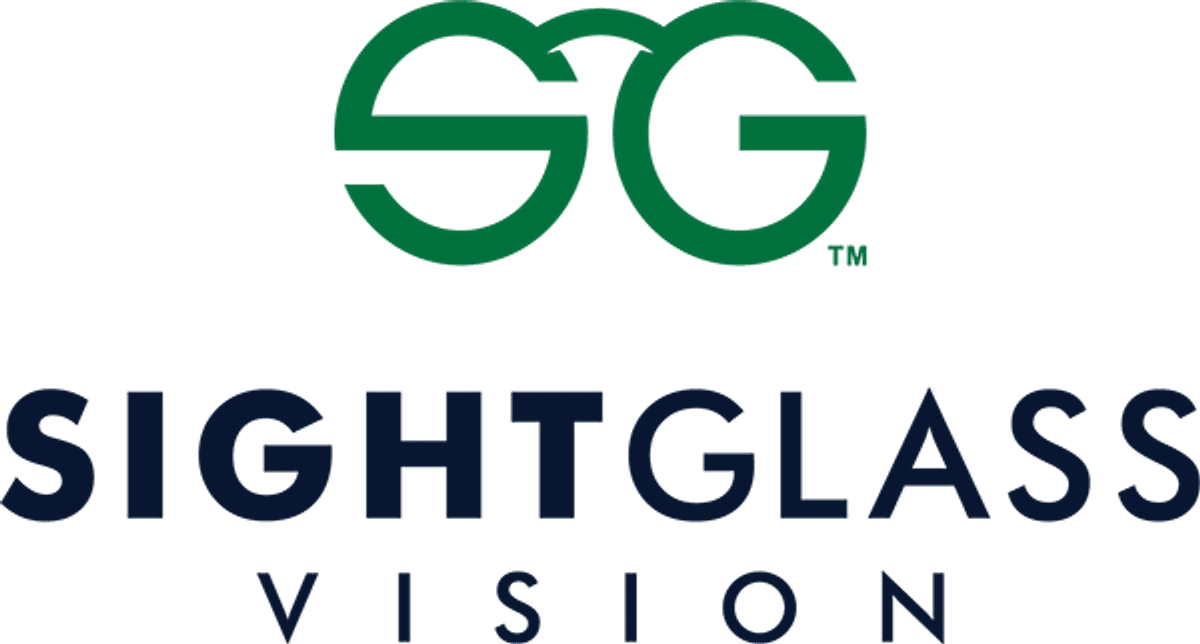Science
Comparing different power levels of Low-Level Red Light for myopia management

In this article:
This randomized controlled trial found that low-level red light (LRL) therapy at powers of 0.37 mW, 0.60 mW, and 1.20 mW effectively slowed myopia progression in children over six months. While there was a dose-response trend, there was no significant differences between power levels. Further studies are required to determine if varying power levels would benefit efficacy, rebound effects or long-term safety.
Paper title: Efficacy of Different Powers of Low-Level Red Light in Children for Myopia Control
Authors: Wen Zhou (1,2), Ya Liao (1), Wei Wang (3), Yanmei Sun (1), Qin Li (1), Siqi Liu (1), Jie Tang (3), Lin Li (1,4), Xiaojuan Wang (1,2,5)
- Department of Ophthalmology, The First People’s Hospital of Xuzhou, The Affiliated Xuzhou Municipal Hospital of Xuzhou Medical University, Xuzhou, Jiangsu, China
- First School of Clinical Medicine of Xuzhou Medical University, Xuzhou, Jiangsu, China
- Department of Community and Health Education, School of Public Health, Xuzhou Medical University, Xuzhou, Jiangsu, China
- Medical Technology School of Xuzhou Medical University, Xuzhou, Jiangsu, China
- Suzhou Vocational Health College, Suzhou, Jiangsu, China
Date: Published online December 19, 2023
Reference: Zhou W, Liao Y, Wang W, Sun Y, Li Q, Liu S, Tang J, Li L, Wang X. Efficacy of different powers of low-level red light in children for myopia control. Ophthalmology. 2023 Dec 19.
Summary
Previous studies on the use of Low-level red light (LRL) therapy have shown increased choroidal thickness and reductions in axial elongation, making it a promising alternative for myopia control. However, research has been unable to confirm the highest power level which provides myopia control with fewer long-term safety concerns.
This randomized controlled trial investigated the effectiveness of three different power levels of low-level red light (LRL) therapy for slowing myopia progression in children.
Myopic children (n = 200) aged 6 to 15yrs with myopia of -0.50D or more were randomly allocated one of the power level groups (0.37 mW, 0.60 mW or 1.20 mW) or the single vision spectacle control group. The LRL therapy was administered twice a day for 3 minutes, with 4hrs between sessions. Follow-up evaluations were at 1,3 and 6mths from baseline between 9and 11am, avoiding diurnal variations.
At 6 months, all three LRL groups showed significantly less myopia progression with spherical equivalent (SE) changes of:
- 0.37 mW: +0.01 D
- 0.60 mW: –0.05 D
- 1.20 mW: +0.16 D
- Control group: -0.22D
In the 1.20 mW group, there was a quicker initial reduction in AL and a greater hyperopic shift at 6mths. However, no significant differences were seen between the power groups at any follow-up interval.
Axial elongation (AL) was also significantly reduced in all LRL groups at 6mths, compared to the control group, but again, no significant differences were found between the different LRL power groups.
- 0.37 mW: 0.04 mm
- 0.60 mW: 0.00 mm
- 1.20 mW: –0.04 mm
- Control group: 0.27mm
Increased choroidal thickening was seen in all LRL groups by 6mths, with no differences between the groups. No other retinal changes were observed on OCT, there was no change to best corrected visual acuity and no adverse effects were reported.
What does this mean for my practice?
These findings highlight the potential of low-level red light (LRL) therapy as a non-invasive and effective intervention for controlling myopia progression in children.
While there were no statistically significant differences between the three power levels, the highest power (1.20 mW) may provide greatest efficacy. However, even lower power levels (0.37 mW and 0.60 mW) demonstrated slowed myopia progression. This may provide flexibility for treatment customization. It is presumed, but not yet proven, that lower power levels may be preferable to maintain long-term safety while ensuring effectiveness.
The increase in choroidal thickening seen across all LRL groups suggests this may be a potential mechanism for myopia control. Improved ocular blood, increased ocular oxygenation, and reduced scleral hypoxia are thought to limit myopia progression. This supports the use of LRL as an alternative therapy, or in combination with other existing strategies.
Eyecare practitioners offering LRL should monitor for long-term axial length and ocular health in children undergoing LRL therapy.
What do we still need to learn?
- While this study provides valuable insights into the efficacy of low-level red light (LRL) therapy for myopia control, a limitation is the short follow-up period of six months. Longer-term studies are needed to assess the sustainability of LRL’s effects on myopia progression, long-term safety, and whether discontinuation leads to a rebound effect.
- Further research should also establish if the treatment effect differs based on age, ethnicity, initial refractive error, speed of prior progression or genetic predisposition. Understanding how LRL interacts with individual risk factors could refine patient selection and optimize treatment outcomes.
- The biological mechanisms underlying LRL’s impact on axial length and choroidal thickness also require further exploration. Future research should investigate how LRL affects scleral remodelling and vascular changes over time and how choroidal thickening limits myopia control.
- While the study tested three different power levels, it did not establish which power levels and durations of treatment give the best balance between efficacy and safety, or if higher doses or longer sessions could improve outcomes. No dose-reponse relationship is clear.
Abstract
Title: Efficacy of Different Powers of Low-Level Red Light in Children for Myopia Control
Authors: Wen Zhou, Ya Liao, Wei Wang, Yanmei Sun, Qin Li, Siqi Liu, Jie Tang, Lin Li, Xiaojuan Wang
Purpose: To compare the efficacy and safety of low-level red light (LRL) in controlling myopia progression at 3 different powers: 0.37 mW, 0.60 mW, and 1.20 mW.
Design: Single-centre, single-masked, randomized controlled trial.
Participants: Two hundred children aged 6-15 with myopia of -0.50 diopter (D) or more and astigmatism of -2.50 D or less were enrolled from April to May 2022. Follow-up ended in December 2022.
Methods: Participants were assigned randomly to 3 intervention groups and 1 control group (1:1:1:1). All participants wore single-vision spectacles. Moreover, the intervention group randomly received LRL at 3 different powers twice daily for 3 minutes per session, with a minimum 4-hour interval.
Main outcome measures: Changes in spherical equivalent (SE), axial length (AL), and subfoveal choroidal thickness (SFCT) were measured.
Results: After 6 months, SE progression was significantly lower in the 0.37-mW group (0.01 D; 95% confidence interval [CI], -0.12 to 0.15), 0.60-mW group (-0.05 D; 95% CI, -0.18 to 0.07), and 1.20-mW group (0.16 D; 95% CI, 0.03 to 0.30) compared to the control group (-0.22 D; 95% CI, -0.50 to 0.30; adjusted P < 0.001 for all). AL changes in the 0.37-mW group (0.04 mm; 95% CI, -0.01 to 0.08), 0.60-mW group (0.00 mm; 95% CI, -0.05 to 0.05), and 1.20-mW group (-0.04 mm; 95% CI, -0.08 to 0.01) were significantly smaller than the control group (0.27 mm; 95% CI, 0.22 to 0.33; adjusted P < 0.001 for all). Similarly, increases in SFCT were significantly greater in the 0.37-mW group (22.63 μm; 95% CI, 12.13 to 33.34 μm), 0.60-mW group (36.17 μm; 95% CI, 24.37 to 48.25 μm), and 1.20-mW group (42.59 μm; 95% CI, 23.43 to 66.24 μm) than the control group (-5.07 μm; 95% CI, -10.32 to -0.13 μm; adjusted P < 0.001 for all). No adverse events were observed.
Conclusions: LRL effectively controlled myopia progression at 0.37 mW, 0.60 mW, and 1.20 mW. Further research is required.
Meet the Authors:
About Ailsa Lane
Ailsa Lane is a contact lens optician based in Kent, England. She is currently completing her Advanced Diploma In Contact Lens Practice with Honours, which has ignited her interest and skills in understanding scientific research and finding its translations to clinical practice.
Read Ailsa's work in the SCIENCE domain of MyopiaProfile.com.
Enormous thanks to our visionary sponsors
Myopia Profile’s growth into a world leading platform has been made possible through the support of our visionary sponsors, who share our mission to improve children’s vision care worldwide. Click on their logos to learn about how these companies are innovating and developing resources with us to support you in managing your patients with myopia.










